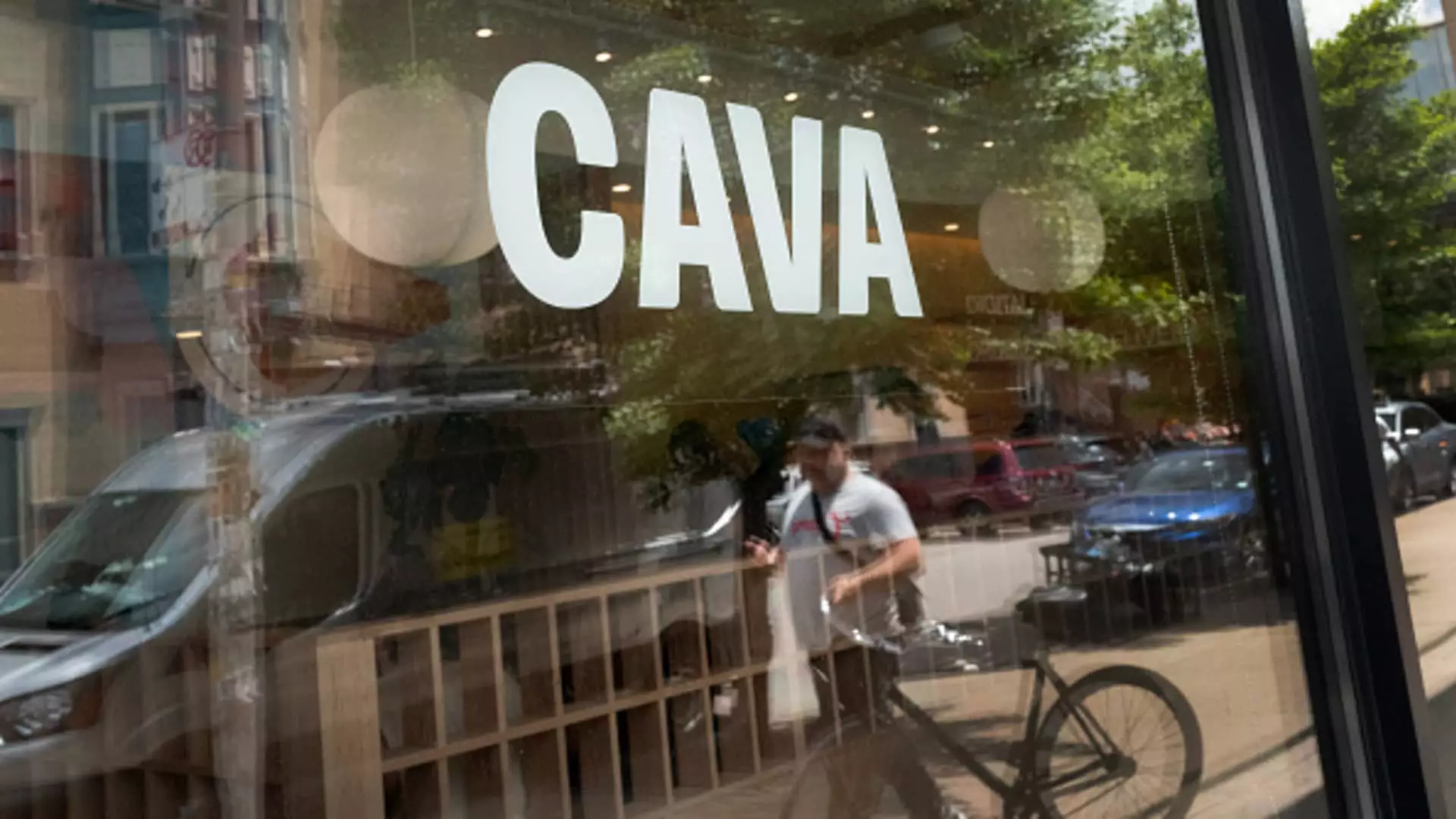In the realm of semiconductor technology, Applied Materials stands as a giant, yet recent fiscal performance shows it may be wobbling. The company announced fiscal second-quarter revenue of $7.10 billion, a figure that fell short of the analysts’ expectations of $7.13 billion. This small shortfall has translated into a 6% drop in share price, signaling a potentially more profound crisis in semiconductor supply chains and technological advancements. It’s worth noting that the semiconductor sector has historically been viewed as a barometer for technological prowess and innovation in the economy. Such a miss raises questions about future demand and suggests that this downturn may reflect broader issues within the tech landscape.
As a center-right observer, I’ve often thought that government attempts at intervention in the technology sector can cause more harm than good. When companies like Applied Materials falter, it’s a reminder that innovation can’t be tied to regulation; it must be allowed to flourish organically.
Take-Two Interactive’s Unimpressive Forecast
Another area of concern lies within the video game industry, where Take-Two Interactive Software has seen a decline of 1.8% following a projection that disappointed many. Their anticipated full-year bookings of $5.9 billion to $6 billion were a significant underperformance compared to the consensus estimate of $7.82 billion. This discrepancy raises critical questions about consumer engagement in the gaming envelope—are gamers losing interest, or is the market simply oversaturated?
My take? The hype that often accompanies major game releases might not carry the weight it once did. Investors need to understand that the video game economy is volatile and dividends can’t be guaranteed in an era seeing a surge of indie games and alternative entertainment investments. The landscape for gaming has shifted, and Holding companies accountable involves recognizing these patterns, not ignoring them.
Vistra’s Positive Momentum Amid Market Turmoil
In stark contrast, Vistra Holdings has actually reported a gain of 3% after acquiring seven natural gas facilities for a hefty $1.9 billion. This strategic move highlights an essential trend: even as traditional energy markets face significant challenges, there remains a pulse of optimism in the development of energy resources. The acquisition also speaks volumes about the shifting dynamics in energy production and the reliance on natural gas amid renewable energy initiatives.
It’s this type of aggressive market behavior that I find commendable. While others falter, Vistra’s determined strategy should remind investors that calculated risks can lead to success, even in precarious environments. The energy sector is no stranger to volatility, but firms that adapt through innovation will often find opportunities where others see losses.
Constellation Brands’ Steady Climb
In the beverage arena, Constellation Brands experienced a positive uptick of 1.4%, buoyed by Berkshire Hathaway boosting its stake to $2.2 billion. This move should not be surprising; Constellation’s diverse portfolio—spanning beer, wine, and spirits—has helped it weather fluctuating market conditions. Their performance serves as a lesson on diversification, illustrating that a varied investment approach can protect against market downturns and provide sustainable growth.
Notably, savvy investors must recognize that even solid investments like Constellation can’t protect against all market fluctuations, especially with changing consumer preferences. As a center-right thinker, I argue that businesses must remain nimble and forward-thinking, embracing new trends without forgetting their core identities.
Cava’s Disappointment Reflects Broader Trends
Conversely, Cava, despite recent successes, saw shares dip more than 2%. Their reiteration of the full-year same-restaurant sales guidance suggests consumers may be tightening their belts amid economic uncertainty. With a previous earnings surge of 10.8% in same-store sales, the company’s projections of just a 6% to 8% growth can indicate a worrying trend: the post-pandemic dining boom may be cooling off.
From my perspective, this nuance highlights how fickle consumer confidence can be in our current marketplace. Restaurants should focus on offering compelling experiences beyond just food, as adaptability in customer engagement becomes vital during economically turbulent times.
The Crypto Market’s Roller Coaster with Coinbase
Finally, Coinbase, a prominent name in cryptocurrency, saw a remarkable rebound, climbing over 9%. After a period of scrutiny and investigation by the SEC, the stock makes an impressive recovery, suggesting that despite regulatory hurdles, there remains a resilient interest in cryptocurrency as an investment avenue.
The discrepancies in trading behavior highlight the speculative nature of crypto investments, which can offer both high rewards and extreme risks. Acknowledging this dynamic, investors must adopt a measured approach. Promoting responsible and strategic navigation through this volatile landscape should be a priority for stakeholders involved in cryptocurrency markets.

